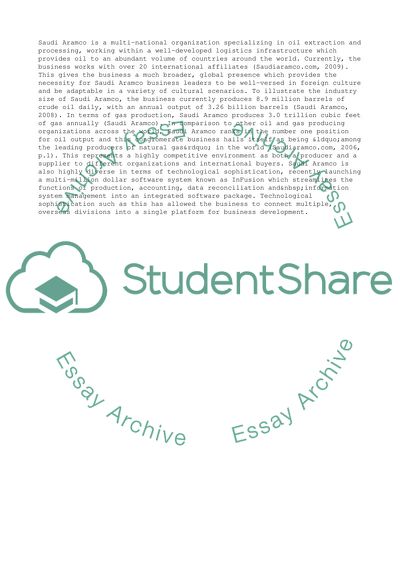Cite this document
(“Organisational Behaviour: Saudi Aramco Article Example | Topics and Well Written Essays - 3750 words”, n.d.)
Retrieved de https://studentshare.org/business/1556885-my-orgnisation-behavior
Retrieved de https://studentshare.org/business/1556885-my-orgnisation-behavior
(Organisational Behaviour: Saudi Aramco Article Example | Topics and Well Written Essays - 3750 Words)
https://studentshare.org/business/1556885-my-orgnisation-behavior.
https://studentshare.org/business/1556885-my-orgnisation-behavior.
“Organisational Behaviour: Saudi Aramco Article Example | Topics and Well Written Essays - 3750 Words”, n.d. https://studentshare.org/business/1556885-my-orgnisation-behavior.


